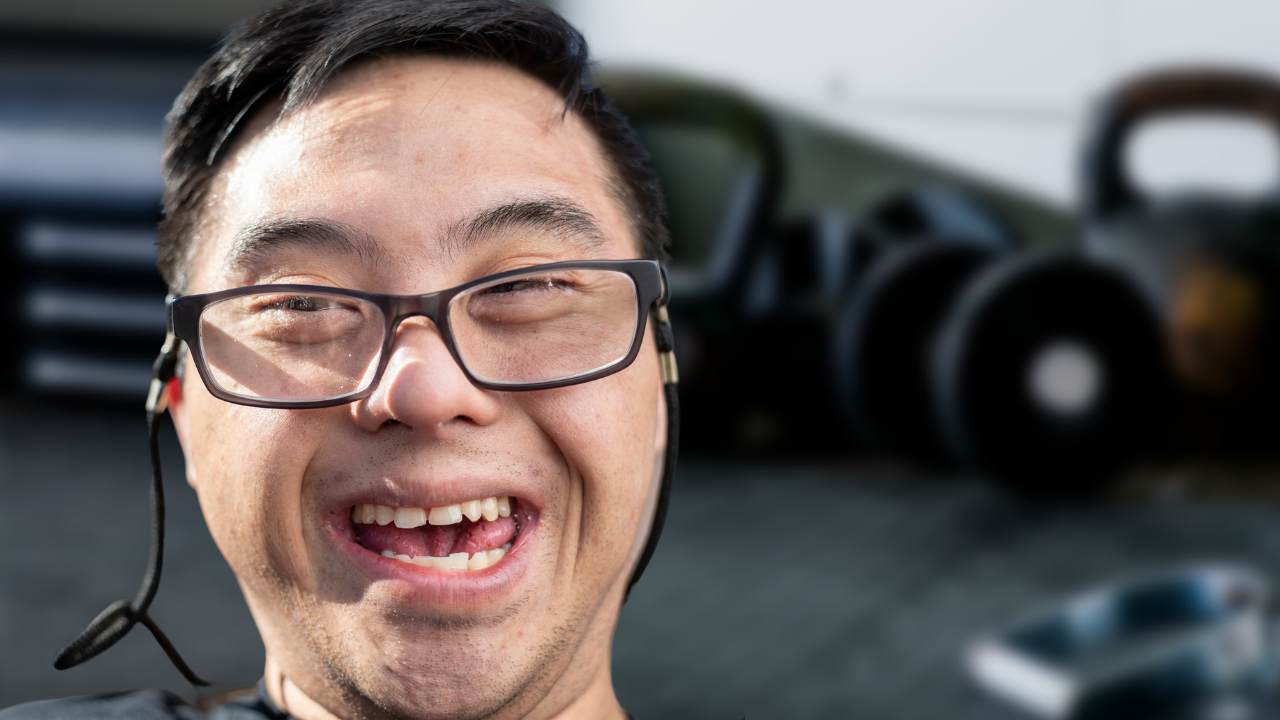Asking the most important type of exercise for individuals living with a disability needs a very individualised answer.
Regardless of the type of disability, there’s one very important factor to remember. Whatever exercise someone is doing, it needs to directly improve their ability to complete activities of daily living. Improving quality of life needs to be the absolute priority.
And this brings us to the importance of individualisation.
Not only does the individual have very specific needs, but their lifestyle also has very specific demands.
So to understand how we can ensure we’re prescribing the optimal type of exercise, it helps to think of health like a wagon wheel.
Picture a wagon wheel with a series of spokes.
Each of those spokes represents a different element of health. Maybe one spoke is the ‘strength spoke’, one is the ‘cardiorespiratory endurance spoke’, one is the ‘blood pressure spoke’, one is the ‘bone mineral density spoke’ etc. There are many many more spokes we could include.
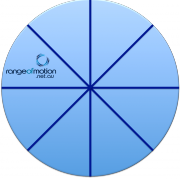
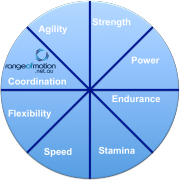
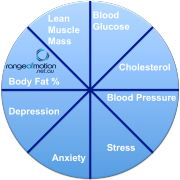
What we can then do, when designing an exercise program for an individual with a disability, is give each of these different spokes a score on a scale of one to ten. Very soon, we’ll be able to see which the ‘weak’ spokes are.
If we go back to the analogy of a wagon wheel, if there is a single ‘broken spoke’, once the wheel gets to that spoke, it will stop turning.
Our health is the same. It doesn’t matter how strong every spoke is, if there is one element of our health that’s letting us down, the wheel stops turning. And when the wheel stops turning, that individual loses their ability to complete activities of daily living as well as they would like.
So how can we use this ‘wagon wheel’ model of health to individualise and optimise exercise for individuals living with a disability?
It’s all about individualisation. We need to bias our exercise towards those ‘broken spokes’ – we need to bias towards what that individual most needs. Because if we do more of something, that thing will improve.
For example, if someone is limited in everyday life by the strength of their muscles, we need to do more exercise to make them stronger. If someone gets out of breath going for a short walk, we need to do the types of exercise that develop their heart and lungs. If someone is at risk of suffering from a fall, we need to have them doing more of the types of exercise that will improve their balance and keep their bones strong.
By spending more time on the biggest risks to someone’s health, we can strengthen those ’spokes’ so they no longer limit them as much in daily life. Over time, we can start to build up all those weak spokes and create a well balanced and strong ‘wagon wheel’.
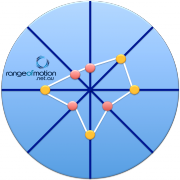


The key take-away here is that an exercise program should be very personal and individual. Instead of a ‘one-size-fits-all cookie cutter’ approach, we need to customise exercise for the very unique needs of each person.
Range of Motion, in Osborne Park, provides Exercise Physiology Services for NDIS participants. An exceptionally high standard of one-on-one expert care, in a safe, friendly environment. Learn more about our exercise programs for NDIS participants.

